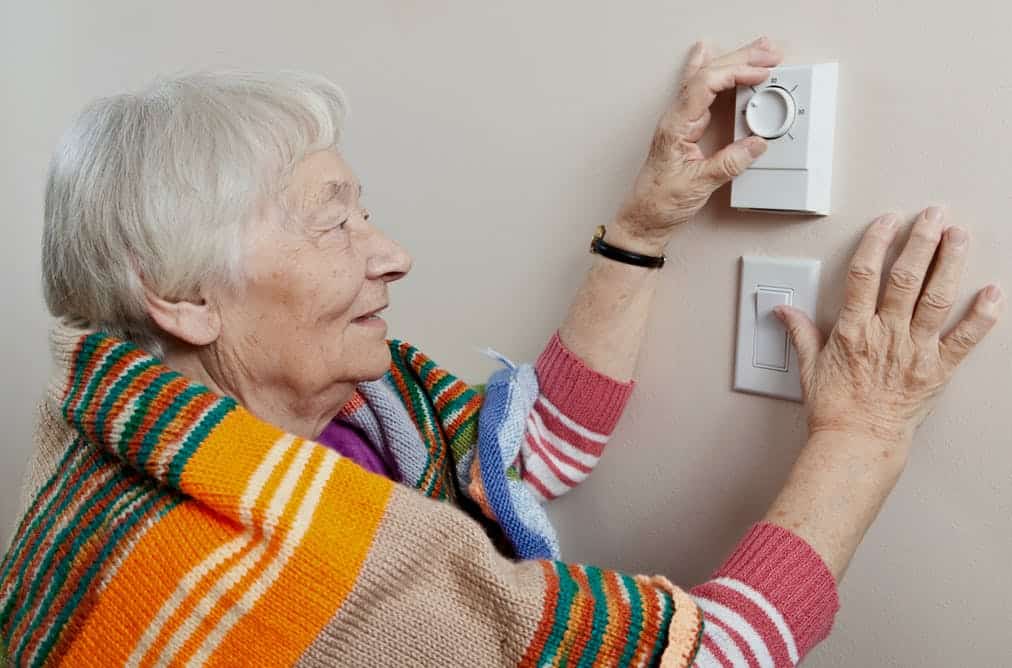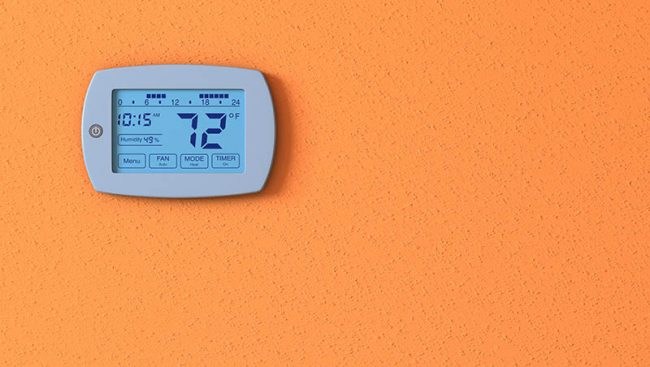With winter coming and temperatures dropping, many are tempted to raise the heat on their thermostats. But bad news: higher degree settings mean larger energy bills. If you’re looking to save a couple of bucks without freezing indoors, don’t worry. We’ve got you covered with a list of energy saving tips to add to your winter heating strategy:
1. Take advantage of the sun.

Back your thermostat up with some heat from the sun during the day. By doing this, you get to reduce the temperature without having to make yourself uncomfortable. The American Department of Energy suggests opening your curtains, especially the south-facing ones, “to allow sunlight to naturally heat your home.” If your window is not double-paned or insulated, using heavy curtains can block heat lost through window panes.
2. Ease yourself into winter.

Acclimating your body to the colder weather can help you save energy. To toughen up your body for the colder weather, give it time. Try lowering your home’s thermostat temperature by one degree per week or for every time the temperature outside drops until you are comfortable. Wearing your winter clothes and having a cup of hot chocolate is also a must.
3. Determine the perfect indoor temperature.

Direct Energy recommends determining the perfect winter indoor temperature by measuring yours and your family’s desired comfort against the price you are willing to pay. A tip is to get the temperature as low as it is comfortable for everyone in the household.
4. Modify temperatures for sleep.

Wear additional clothes and add some extra blankets to keep you warm as you doze off in bed. By doing this, there won’t be any problem setting your temperatures a little lower than usual. Aim for “three to five degrees lower, depending on your comfort level.” Don’t forget to close your window so the winter air won’t find its way in.
5. Adjust the temperature if you’re going out or going on vacation.

Increase your energy savings by adjusting the temperature of your thermostat while everyone in the household is out or on vacation. Set back the temperature to as low as you can without jeopardizing any of your appliances and pipes. The thermostat should be set around 50 degrees to keep everything from freezing.
6. Accommodate your schedule.

Periods when your home is empty are ideal times to lower the temperature. Lowering temperatures for longer periods of time can reduce expenses. According to the American Department of Energy, you can save as much as 1% for each degree if the setback is at least eight hours long.
7. Invest in a programmable thermostat.

If you don’t want to keep manually adjusting your thermostat, invest in a programmable one. These types of thermostats allow you to adjust temperatures from your phone. You can even set it to a certain temperature on a certain day. Programmable thermostats simplify the chore of creating optimal temperature settings. You can find a number of different programmable thermostats on Amazon.
Don’t resign yourself to the thought that you have no other choice but to pay ridiculously expensive bills during the winter season. It’s not impossible to save, and be comfortable at the same time! Check out this video to learn more:

